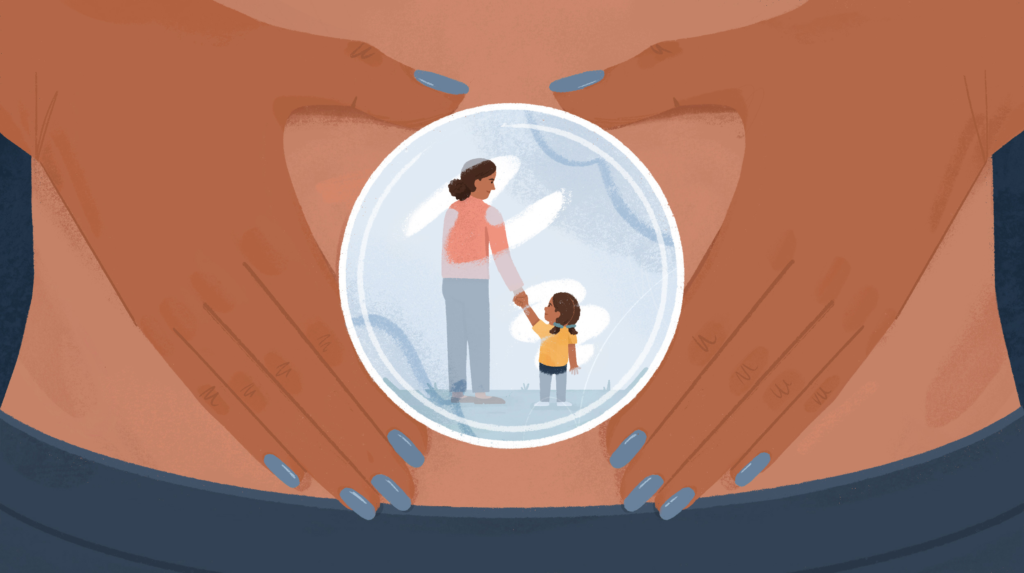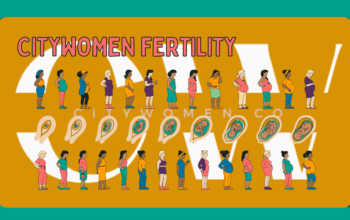
March 13, 2020 at 10:00PM by CWC
I would say that I’m a pretty conscientious cleaner. I’m a bit of a germaphobe, and dedicate a decent amount of time to keeping my home clean and tidy. But with COVID-19, I want to make sure I’m doing everything right. Apparently, cleaning and disinfecting aren’t the same thing, and to remove and kill and remove germs, you need to do both.
“Disinfectants don’t work if there’s a visibly dirty surface,” says Karen Hoffmann, RN, immediate past president of the Association for Professionals in Infection Control and Epidemiology (APIC). “It’s always recommended to clean and then disinfect surfaces if they’re visibly dirty.”
Cleaning, explains Hoffman, refers to removing dirt off of surfaces. “Embedded in dirt is lots of different germs and viruses, even fungi, so cleaning alone won’t kill germs,” she says. “But, we’re going to use elbow grease to remove them, literally decreasing the number of germs that’s on a surface. Disinfecting, on the other hand, actually kills germs.”
If no one in your home has COVID-19, you don’t need to go overboard. Current guidelines from the Centers for Disease Control and Prevention call for regular cleaning and disinfecting of frequently touched surfaces like tables, doorknobs, light switches, handles, desks, toilets, faucets, and sinks. If someone in your home has been diagnosed with COVID-19, the CDC recommends cleaning and disinfecting those surfaces daily.
ADVERTISEMENT
ADVERTISEMENTKate Spade Autumn/Winter Sale |
To complete both steps, “You should look to see if a surface and visibly dirty. If it’s visibly dirty you should clean with soap and water first, make sure that it’s dry, and then use the disinfecting agent,” says Hoffman. “If it’s not visibly dirty, then you can go ahead and just use the disinfectant.”
For cleaning, Hoffman says soap and water is enough. Using essential oils will make it smell nice, but they have no effect when it comes to cleanliness. Green cleaning agents are like soap and water in that you’re going to reduce the number of pathogens, but may not get rid of all the pathogens you’re concerned about.
For disinfecting, the CDC says diluted household bleach solutions, alcohol solutions with at least 70 percent alcohol, and most common EPA-registered household disinfectants should be effective. To make your own bleach solution, you can mix 5 tbsp (1/3 cup) of bleach per gallon of water, or 4 tsp of bleach per quart of water. If you’re using a store bought disinfectant, the EPA has compiled a list of products believed to be effective against COVID-19, including various Clorox and Lysol sprays and wipes.
Current evidence suggests that COVID-19 may remain viable for hours to days on surfaces made from a variety of materials, says the CDC. Hoffman points to previous that research shows that other coronaviruses can live on porous surfaces like clothing or a couch for a few hours or up to a day and on hard surfaces for two to three days.
When using any disinfectant, Hoffman says it’s important to read manufacturer’s instructions on the product label to ensure you’re leaving it on the surface for a long enough time and protecting your skin, eyes, and lungs.
“If you spray Lysol on a surface, you wouldn’t want to wipe it off, you want to let it sit on that surface until it dries, because it does take time to activate,” she says. “The same thing with things like 3 percent hydrogen peroxide. It’s a good, effective agent, but it takes about six to eight minutes to work.”
You also want to make sure you’re using a clean cloth. “I don’t recommend using a sponge unless you use it for one time and then throw it away, because it’s impossible to clean a sponge,” says Hoffman. A cleaning towel should only be used for one day, she says. Soak cleaning towels in hot soapy water for 20 minutes after use, and set them aside to be laundered at the end of the day.
If someone you live with isn’t infected with COVID-19, Hoffman says you shouldn’t stress too much about disinfecting your home. Focus your attention to adequate hand hygiene. If you’re adequately washing your hands as soon as you enter your home, you lower the risk of cross contamination.
You touch your face 23 times an hour—here are three ways to curb the habit, according to a behavioral psychologist. And although hand washing sounds trivial, it’s extremely effective. Here’s the science behind it.
Author Kara Jillian Brown | Well and Good
Selected by CWC

ADVERTISEMENT
ADVERTISEMENTUp to 30% off Gift Sets |







